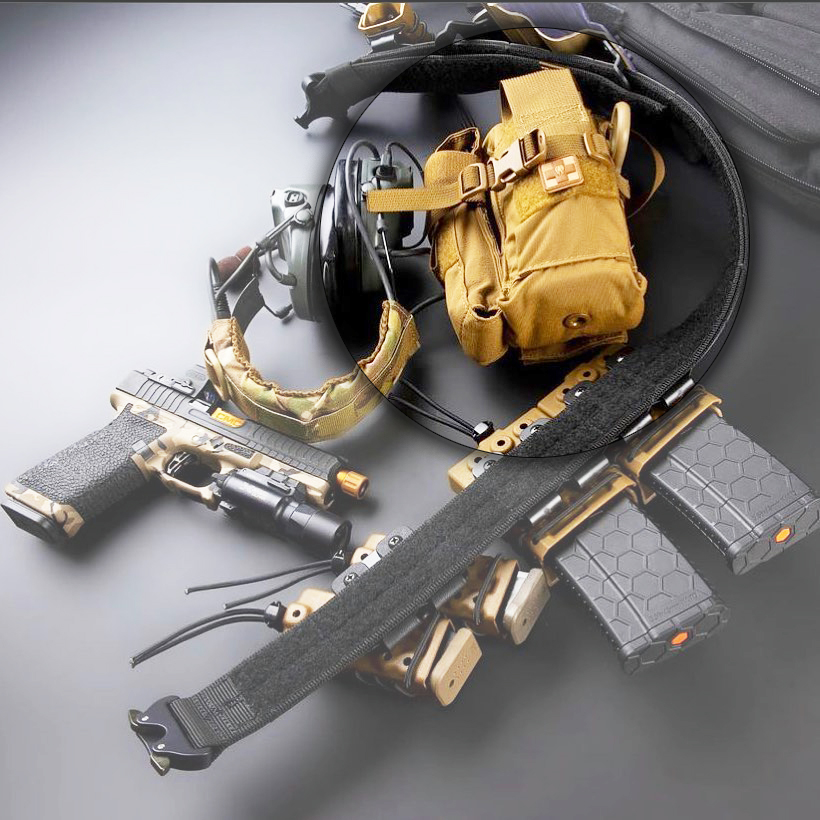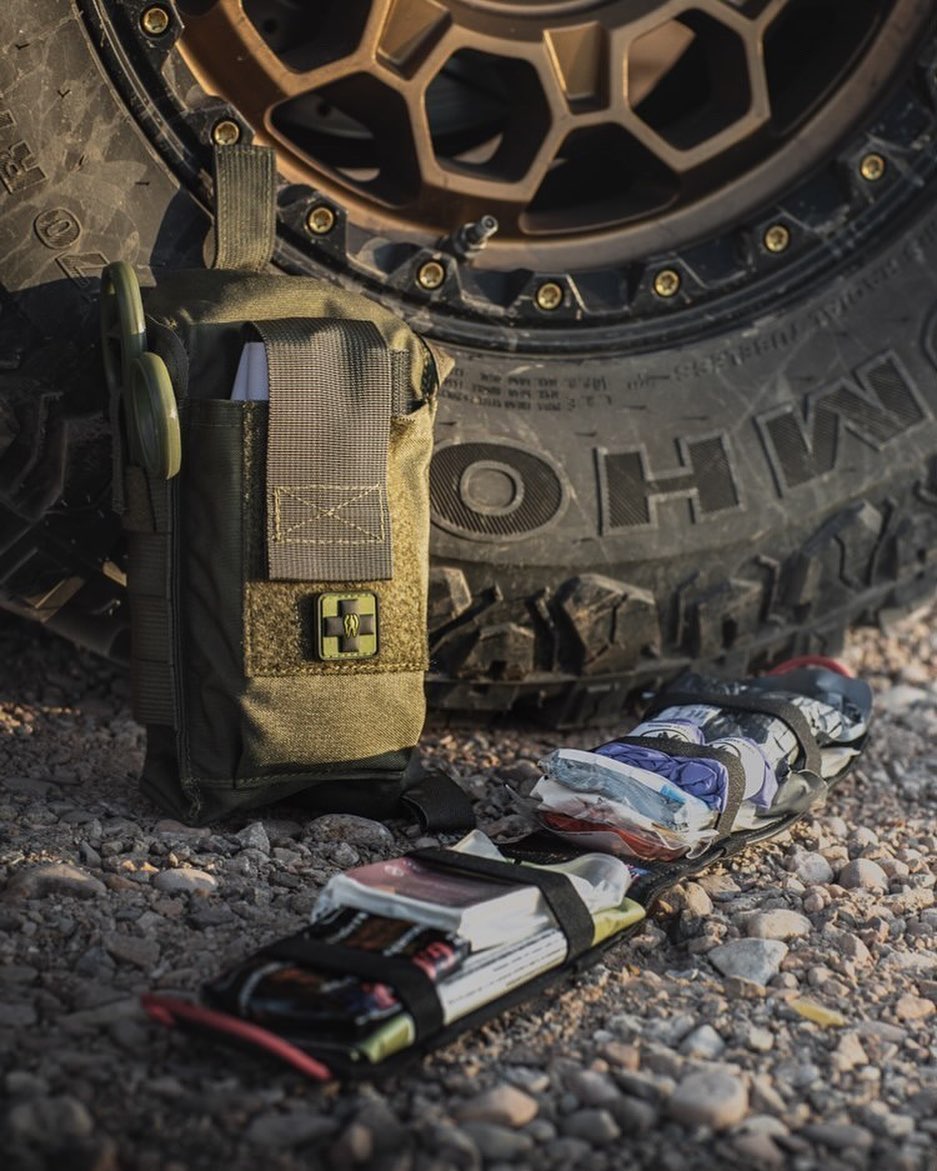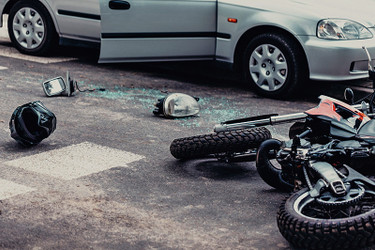IFAK FAQs: What should be in an "emergency trauma kit" (and more)
Posted by Pocket Doc on Feb 28th 2022
We receive many gear-related questions at Dark Angel Medical, both about our own equipment line and that of the "roll your own" variety. One of the most common is about contents, i.e. what should you have on hand. The answer to that might vary slightly based upon your environment, the fundamentals will almost always be the same - because the emergency part of emergency trauma kit is redundant.
If you need a trauma kit, it's by definition an emergency. We'll explain below.
...
What should be in an emergency trauma kit?
At bare minimum, Dark Angel recommends the following Top 5:
- Tourniquet(s)
- Hemostatic Gauze
- Pressure Bandage
- Chest Seals
- Nitrile Gloves
...
You don't need to limit your load to those items (though space/need/organization and sometimes weight are a consideration), but every trauma kit should have at least those items.

...
What is a trauma kit?
In simplest terms, an emergency trauma kit is a "patch kit" for people. Its intent is to stop life-threatening injuries and keep the victim stable long enough to deliver them to more definitive care.
There are many so-called "trauma kits" out that are really just glorified first aid kits, lacking the things required to address immediate life-threating injuries. For instance, some don't contain anything close to sufficient amounts of hemostatic gauze. That should be a non-starter for anyone making a legitimate trauma kit.
Our minor trauma kits contain a 4ft. roll of hemostatic gauze (the minimum recommended amount) while our full size (not compact) major trauma kits have a full 12ft. roll of hemostatic gauze.
Unfortunately, many companies opt for the smaller roll even in their full-size kits for two reasons: 1) to "check the box" that it has hemostatic gauze and 2) to cut cost.

...
What does IFAK mean?
IFAK is an acronym. It stands for Individual First Aid Kit.

Get yourself a hexmag or three, put 'em in whatever mag pouches you prefer, and build out whatever sort of war belt you'd like - but you know which of those implements the average citizen is far more likely to end up using? That trauma kit.
...
Is there a difference between a trauma kit and an IFAK?
There can be a difference between a trauma kit and an IFAK depending on its content, but the term is basically synonymous with any kit that can assist in immediate response to life threatening injuries.
One of our kits, the HARD Case, contains a range of materials from minor first aid kit items like small bandages and gauze pads up to major trauma items like tourniquets and hemostatic gauze.

...

What should be in your IFAK?
That Top 5 mentioned above definitely belong in there. Other items like mylar blankets, eye shields, and nasal airways, may have a place depending on what you are doing, and where. It's not a bad idea to add some sturdy tape and a marker, just remember to know where your items are!
The stress of a chaotic situation in the presence of one or more life-threatening injuries will cause confusion. Confusion wastes seconds and seconds can cost lives.
...
What are the advantages of a CAT tourniquet compared to other TQs?
While there are several solid CoTCCC-recommended/approved TQs out on the market, the CAT, especially in it's current 7th generation, is currently recognized as the gold standard for controlling extremity hemorrhages.

...
It stands out from others in that it was purpose-designed to be applied quickly and easily with one hand and with diminished fine-motor control as well as under conditions of reduced strength. All of these occur when someone is bleeding heavily and under the influence of the body alarm response.
...
Y'all stay safe.
Kerry


